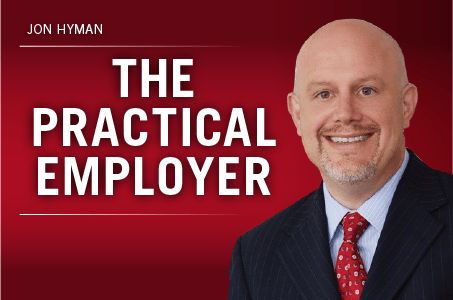During yesterday evening’s statewide address, and amid dangerously rising COVID-19 infections and hospitalization, Governor Mike DeWine, announced the reissuing and restating of Ohio’s mask mandate. The order now contains four specific rules for businesses to follow regarding mandatory masking.
- Each business will be required to post a Face Covering Requirement sign (version 1 / version 2) at all public entrances of the store.
- Each business will be responsible for ensuring that customers and employees are wearing masks.
- A new Retail Compliance Unit, comprised of agents led by the Bureau of Workers’ compensation, will inspect to ensure compliance.
- First violations will receive a written warning, and a second will result in a 24-hour closure of the business.
 First and foremost, before the disabled and their advocates start screaming that this order violates the ADA, it doesn’t. Yes, Title III of the ADA requires that businesses that are open to the public make exceptions to mask rules for those with disabilities that prevent them from wearing a mask. That accommodation, however, need not be letting them inside the business unmasked. You can offer online ordering and curbside pickup. You can have shoppers at the ready to make purchases on-call and bring them outside to the customers, or otherwise meet the customer outside to transact business. As long as your service is made “readily accessible” for someone with a disability, you’ve met your obligation under the ADA, and there are many ways to accomplish this without letting someone inside maskless.
First and foremost, before the disabled and their advocates start screaming that this order violates the ADA, it doesn’t. Yes, Title III of the ADA requires that businesses that are open to the public make exceptions to mask rules for those with disabilities that prevent them from wearing a mask. That accommodation, however, need not be letting them inside the business unmasked. You can offer online ordering and curbside pickup. You can have shoppers at the ready to make purchases on-call and bring them outside to the customers, or otherwise meet the customer outside to transact business. As long as your service is made “readily accessible” for someone with a disability, you’ve met your obligation under the ADA, and there are many ways to accomplish this without letting someone inside maskless.- Deploy trained personnel (ideally security, but at least someone at a management level) to enforce this mandatory mask rule and ensure 100 percent compliance within your business; and
- Train all other employees not to engage and instead to summon a designated responder.



